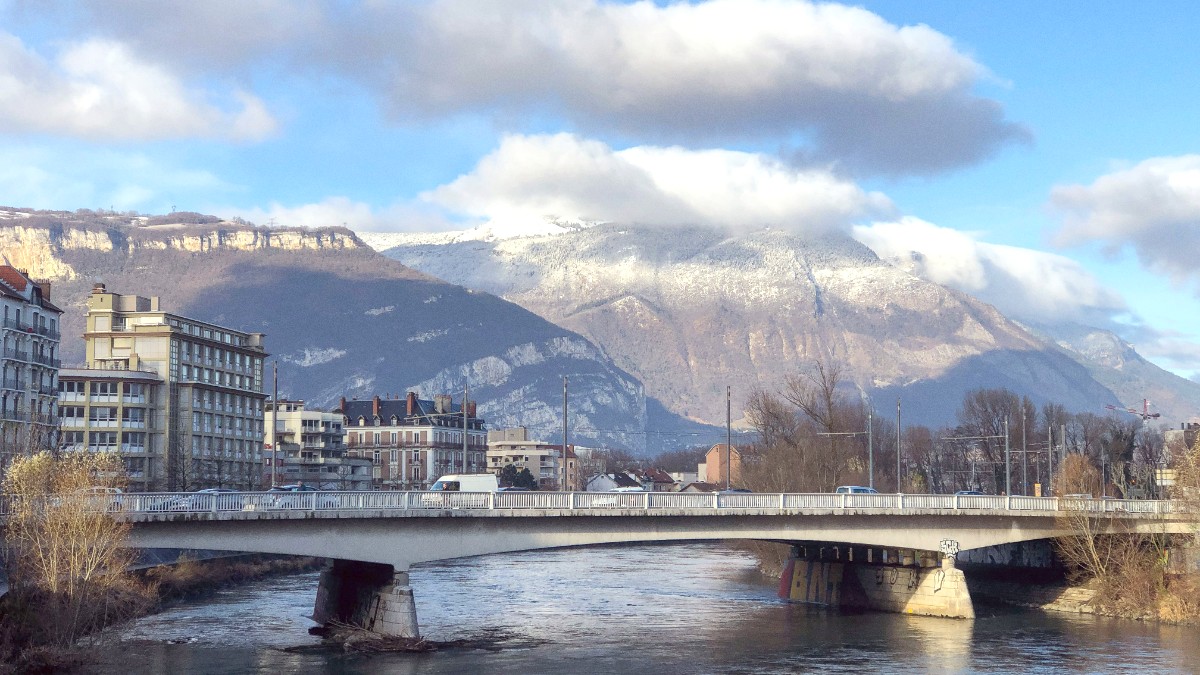
The French Alps, France
Grenoble makes this experience possible, combining the thrill of mountain adventure with rich cultural discovery. This illustrates how history, science, and nature coexist in a compelling way. Travelers looking for active holidays, cultural immersion, or simply a breathtaking escape will find Grenoble a good destination.
Grenoble has a history spanning over 2,000 years, from a small Gallic settlement to a modern scientific capital. Its origins trace to Cularo under Roman rule, later Gratianopolis for Emperor Gratian. This Roman presence established its importance as an outpost and trade route point, its natural defensive position advantageous within the valley.
The "Day of the Tiles" in 1788, where royal troops received roof tiles from angry citizens protesting royal edicts, often is a precursor to the wider revolution. This event displayed the city's spirit of resistance and early adoption of revolutionary ideals.
The Industrial Revolution in the 19th and early 20th centuries transformed Grenoble. It gained renown for its glove-making industry, which supplied markets across Europe and beyond. Hydropower from the surrounding mountains further propelled its industrial growth, attracting new industries and fostering innovation. This industrial base led to a focus on scientific and technological research.
The 20th century further established Grenoble's international standing. Beyond tourism, Grenoble developed into a major European center for scientific research, especially in micro-nanotechnologies, nuclear physics, and information technology. Its university and research institutions attract scholars and innovators globally. This long, varied history, from Roman outpost to industrial powerhouse and scientific hub, shaped Grenoble into the dynamic city it is today.
~158,000 residents
~690,000 people
214 meters (702 feet)
Scientific research (micro-nanotechnologies, nuclear energy), higher education, winter sports tourism, electronics, engineering.
"Capital of the Alps", "City of Science".
French is the official language. English finds use in tourist areas, but local efforts to speak French are always welcomed.
Grenoble is rich in museums, art galleries, and historical buildings, providing a deep dive into French culture and alpine heritage.
Grenoble is a natural gateway to numerous mountain adventures, including skiing, hiking, and rock climbing.
This combination of attributes defines Grenoble's identity, making it a compelling destination for a variety of travelers.
Grenoble offers an unique position as a city with urban life and direct access to stunning alpine landscapes. This blend creates diverse experiences, from exploring city museums to embarking on mountain hikes, all within close proximity.
The city's dynamic atmosphere, coupled with the tranquility of the surrounding nature, makes it a rewarding place to visit for those seeking both cultural engagement and outdoor adventure.
Grenoble has a strong commitment to environmental sustainability, with green spaces and eco-friendly policies.
The city's history extends over two millennia, with Roman roots and significant revolutionary events.
Grenoble is a prominent European center for advanced scientific research and technological innovation.
Visitors to Grenoble encounter a city that blends metropolitan life with stunning natural backdrops. This combination results in a fulfilling travel experience.
The city center, notably the Old Town (Vieux Grenoble), welcomes pedestrians with charming narrow streets and lively squares. The banks of the Isère River also have pleasant walking paths.
The Grenoble Tourist Office offers guided walking tours. Self-guided options are available via online resources and guidebooks. A compact Grenoble guidebook may be a good resource.
Grenoble is a bicycle-friendly city with an extensive network of dedicated bike lanes, called "pistes cyclables."
Download the official TAG app on your Smartphone for real-time schedules and route planning.
Trams and most buses are low-floor and wheelchair accessible, with ramps at tram stops.
This tourist pass combines public transport with museum and attraction access, providing good value for extensive sightseeing.